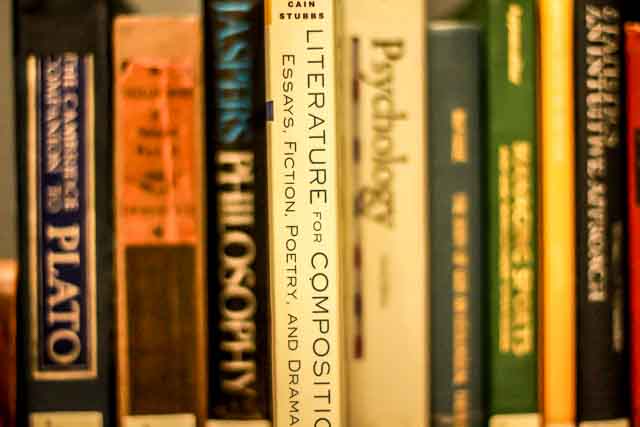
Faculty Scholarship
Document Type
Article
Publication Title
Authorship
Volume
4
Issue
1
Publication Date
2015
Abstract
This essay argues that Charlotte Lennox’s The Female Quixote or, The Adventures of Arabella (1752) served as a fulcrum in eighteenth-century literary history by providing a figuration of the female quixote for subsequent women novelists who were keen to court absorbed readers on the one hand while countering stereotypes about women's critical failings on the other. The figure of the female quixote proves to be a significant mark of literary professionalism by reifying the spectre of the professional writer’s need for absorbed readers and dramatizing the occasion by which the woman writer demonstrates her own authority, paradoxically allowing both woman novel reader and woman novel writer to lay claim to intellectual authority. Ultimately, the main character Arabella's fictional model potentially echoes more actual eighteenth-century women’s experiences than her adventures at first suggest: the female quixote emerges as less a social outcast or a freak than a figure for women’s commonality, especially their intellectual and ethical ambitions in a world inimical to their interests.
Recommended Citation
Wyett, Jodi, "Quixotic Legacy: The Female Quixote and the Professional Woman Writer" (2015). Faculty Scholarship. 557.
https://www.exhibit.xavier.edu/english_faculty/557


